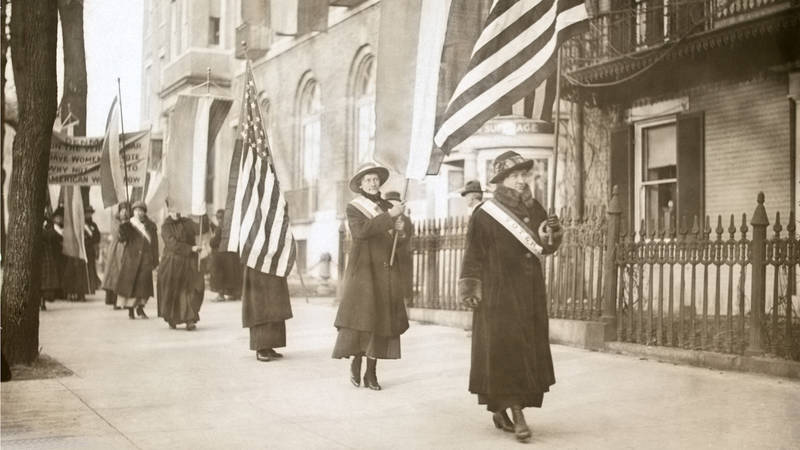Only one national park site specifically interprets the history of a Supreme Court case. The enduring importance of this ruling continues to define what equality means in our systems of education.
The U.S. Supreme Court plays a critical role in upholding the Constitution, shaping national policy and defending the promise of equal justice under U.S. law. Despite the enduring importance of these rulings, however, only one national park site specifically interprets the history of a Supreme Court case.
In 1954, the Supreme Court unanimously declared: “Separate educational facilities are inherently unequal.”
With this landmark decision, the United States put an end to racially segregated schools on the grounds that they violated the 14th Amendment, which guarantees equal protection to all Americans. The Brown v. Board of Education National Historic Site commemorates this decision and the larger struggle for racial equality through educational exhibits and events on the grounds of Monroe Elementary, a formerly all-Black school in Topeka, Kansas.
The lead plaintiff in the historic court case, Oliver Brown, was a welder and associate pastor in Topeka whose third-grade daughter, Linda, took a lengthy bus ride each day to attend Monroe Elementary even though she lived a short walk from an all-white school. With assistance from NAACP leaders, he and 12 other parents filed suit against the Topeka Board of Education on behalf of 20 children who were compelled to attend segregated schools despite living nearer to all-white schools. The “separate but equal” doctrine that guided the segregation of public education for nearly six decades prior to Brown v. Board of Education not only inconvenienced African American families, it also systemically forced minority students into schools with inferior facilities and curricula.
In addition to the lawsuit in Topeka, the Supreme Court also considered testimony from multiple plaintiffs in Delaware, South Carolina, Virginia and Washington, D.C., challenging the constitutionality of segregated education. Several justices initially indicated that they opposed overturning the principle of “separate but equal” and mandating racial integration in its place, but Chief Justice Earl Warren effectively persuaded all nine justices to vote in favor of the decision, fearing that a divided court would heighten tensions in the South.
Though most school districts complied promptly with the court decision, several public figures closed schools and held demonstrations barring African American students from entering previously all-white schools. A few schools even illegally maintained separate facilities until as late as the early 1970s. Some researchers point toward a trend of resegregation since the 1980s, noting that courts have less effectively enforced Brown v. Board of Education in recent years and the number of schools with a 90% or higher minority population has increased significantly since the 1960s. The U.S. Department of Justice continues to monitor cases involving integration of diverse students in schools across the country.
Today, the museum at the national historic site incorporates videos and interactive exhibits on the history of racial segregation in America and the destructive legacy of Jim Crow. A walk through the site’s “Hall of Courage” recreates the experience of the first African Americans attending newly integrated schools. Visitors are encouraged to not only absorb the difficult history, but also to reflect on it in a space provided for art and meditation.
Learn more about this seminal decision, its historic context and events and learning experiences at the museum on the Brown v. Board of Education National Historic Site website.
-
General
-
Issues

